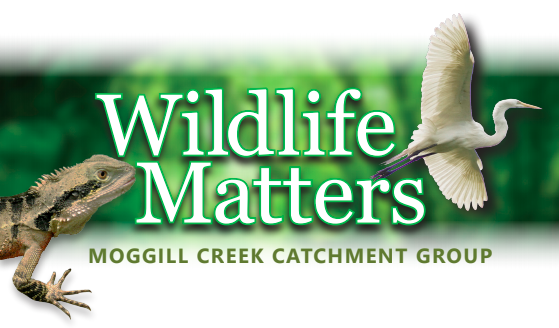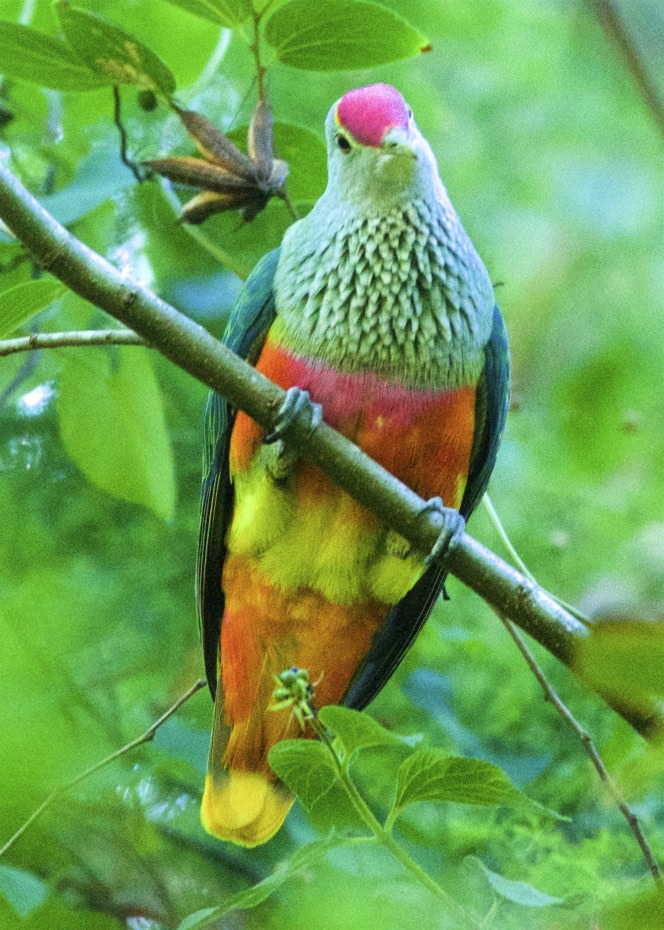 In our modern world we take little notice of the twice-yearly migrations of huge numbers of our native birds. Knowledge of these seasonal movements was a major part of the Aborigines’ culture. Bird migrations marked the changing of the seasons and were important to their survival. Even our farmers in the past related the comings and goings of the birds to their planting of crops. Our location in Brisbane is right in the centre of four main migrations, north/south, south/north, east/west and west/east.
In our modern world we take little notice of the twice-yearly migrations of huge numbers of our native birds. Knowledge of these seasonal movements was a major part of the Aborigines’ culture. Bird migrations marked the changing of the seasons and were important to their survival. Even our farmers in the past related the comings and goings of the birds to their planting of crops. Our location in Brisbane is right in the centre of four main migrations, north/south, south/north, east/west and west/east.
The next few weeks are the prime time for the Autumn migration when one group of birds is arriving and another group that came in spring is leaving. Shortly the beautiful Rose-crowned Fruit-doves will leave for Northern Queensland and Papua-New Guinea. They will guide their chicks, only a few months old, to the northern grounds to avoid our winter. They will be accompanied by the equally beautiful Sacred Kingfishers and our migrating super star the Latham’s Snipe which goes all the way to Japan.
At the same time millions of Yellow-faced Honeyeaters will arrive from Victoria to feast on Eucalyptus nectar. They fly mainly at night in such huge flocks that they show on the BOM radar. Another southerner that will arrive in a few days will be the Grey Fantail. Not as spectacular, but very friendly and just as common in the suburbs as in the bush where they are easily seen competing for insects with the Willie Wagtails. One spectacular species arriving soon is the Noisy Pitta. A ground foraging bird that breeds on the Dividing Range and migrates to the coast, where unfortunately it is vulnerable to our cats at night. Small flocks of Pacific Bazas, our Crested Hawk, will also arrive to feed on Stick Insects high up in the tops of Eucalypts.
Many of the Cuckoos species will soon leave to go north for warmer conditions. Some go to North Queensland and some to PNG and the Coral Sea Islands. How a young Channel-billed Cuckoo (Flying Hockeystick) knows where to go is a mystery as cuckoos are raised by other species. They are parasitic birds laying their eggs in other birds’ nests. As well as other large cuckoos such as the Cooee Bird (Koel) there are several smaller cuckoos that leave for the north at this time, but some individuals of a few species such as the Shining Bronze-cuckoo choose to stay for the winter and we don’t know why.
There is so much more to understand about these migrations. We know little about how they navigate – often to an exact location every year. Many fly during the night probably using the stars or some other astronomical system. How do they know the exact time to leave each year? Why do some migrate while others stay? Some fly non-stop while others have feeding stop-off places where they replenish their strength. Migration is an amazing phenomenon and we are right in one of the best places in Australia to see it unfolding.
Ed Frazer
Published in



